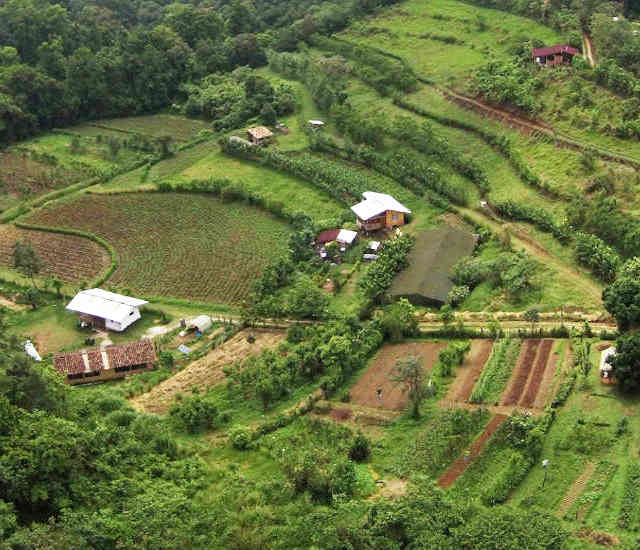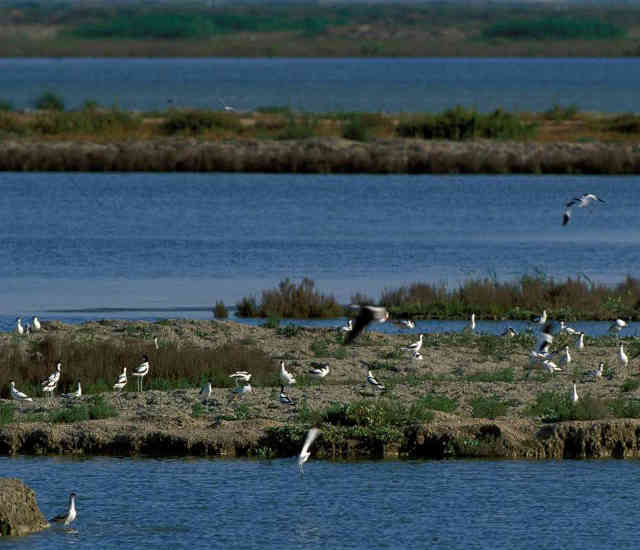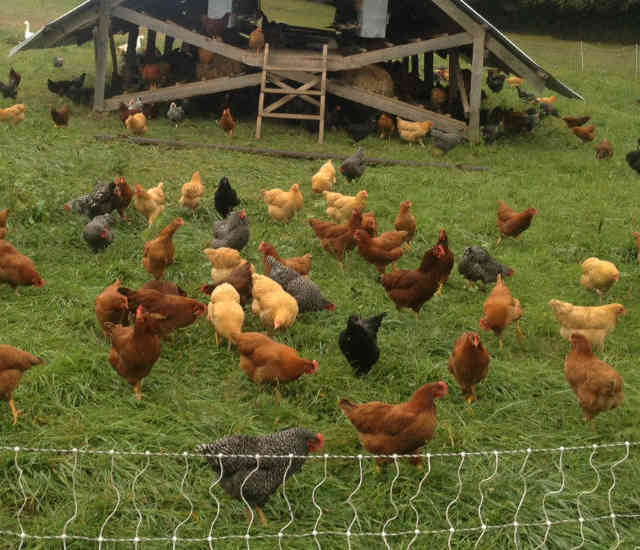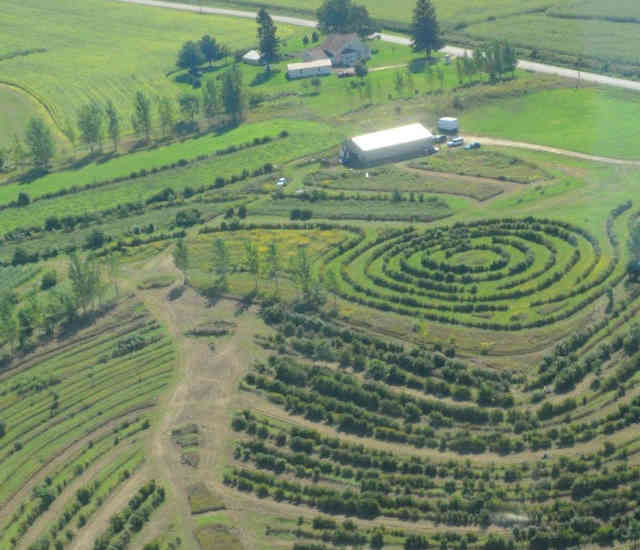Q.
What do the following very different farms have in common?
Mexico’s Las Cañadas Cooperative
Growing grains, vegetables and timber, and raising livestock and dairy cows in a cloud forest in Veracruz
Spain’s Veta La Palma Farm
Raising mostly fish, but also livestock and horses as well as growing rice
Virginia’s Polyface Farm
Raising cows, turkeys, chickens, pigs, rabbits, growing grapes and harvesting timber
Wisconsin’s New Forest Farm
Growing staple food crops and raising livestock
A.
They’re all eco-logical farms.
To grow crops, raise livestock or farm fish each mimics its nearby community of plants and animals that evolved over millennia. In many ways this biome-mimicking agriculture — or mimiculture — goes far beyond organic farming practices.
Welcome to Mimiculture, a site dedicated to inspired eco-logical farming. Our beat is reporting on progress in transforming farming from an eco-lunatic to an eco-logical endeavor.
Each article-length post explores a topic related to eco-logical farming, including its role in reversing environmental degradation and mitigating and adapting to climate change.
If you care about where your food comes from and the collateral costs and benefits of producing it, and would like to get an advanced peek at a farming future that contributes to passing on a habitable planet to coming generations, this site’s for you.
Our Collective Problem
We humans are in a planetary carrying capacity predicament. We are now depleting our finite global fresh water and fertile soil resources while our population swells, our atmosphere warms and our oceans acidify.

Agriculture at today’s scale using today’s methods clears away too much of nature’s abundance, uses too much fresh water, does too much collateral damage to farmed soil and downstream surface water, and loses too much carbon to the atmosphere — at a time we need to sequester it — for us to be able to continue doing it in our current eco-lunatic way.
The more ecological abundance we can restore, the more of us will be able to thrive. We therefore need to build up vital planetary resources like aquifers and complex abundant ecosystems on land and in lakes, rivers, estuaries and oceans, rather than drawing them down, degrading them and crowding them out.
How Farming Differently Can Contribute to the Solution
We need to simultaneously increase nature’s bounty and maximize the amount of food we grow by emulating how nature creates abundance without our help. Instead of cutting nature down and keeping it at bay, we need to mimic its density, complexity and variety, while tweaking it to serve our purposes.
We can transform farming from an environmental culprit to contributor, while producing more nutritious and delicious food for more people. Here are some of eco-logical farming’s many benefits:
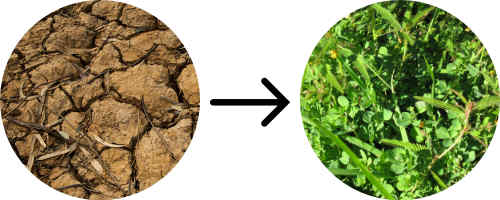
It regenerates degraded ecosystems
Introducing the right mix of plants and properly managed animals can repopulate landscapes and restore depleted soil’s fertility.
Taking an analogous approach in estuaries and other coastal waters can restore degraded aquascapes.

It mitigates climate change and its impact
Building soil sequesters carbon taken from the atmosphere. More carbon in soil improves its fertility, allowing more plant matter to do the same.
Producing a wide variety of crops and livestock well adapted to their locale reduces the risk of crop and herd failure due to more erratic and extreme weather.

It provides more and needs fewer ecosystem services
Farmers today typically outsource fertilizer, livestock feed, and pest and weed control.
Eco-logical farming “insources” as much as possible. It builds up soil health and makes room for plants and animals that provide value to each other.
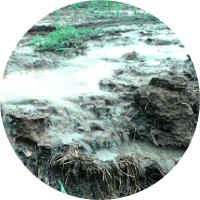
It minimizes water use
Water is a precious resource in all but the wettest regions of the world. Healthy carbon-rich soil, fully covered by plants that have deep root structures, captures and holds more rainfall.
Properly contoured land can redistribute water from wetter to dryer areas, maximizing the percentage of rainfall used on the farm.

It mitigates our obesity and diabetes epidemics
Diets high in calories but low in nutrients increase the incidence of obesity and diabetes. Crops and livestock produced eco-logically yield more nutrition per calorie than those produced using eco-lunatic methods, thereby lowering the incidence and severity of these chronic conditions.

It reduces farmer financial risks
“Insourcing” from nature greatly reduces the up front costs of feed, fertilizer, seed, biocides, pharmaceuticals and machinery.
Increasing soil health improves crop drought tolerance, reducing the risk of crop yield reduction or loss.
Also, the increased variety of crops grown and raised on eco-logical farms diversifies risk of crop loss.
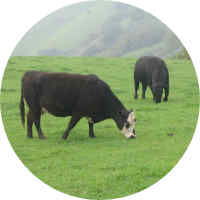
It puts farm animals to work doing what they evolved to do
Eco-logically raised livestock spend their lives doing what they’ve evolved to do while at the same time doing work that adds real value.
They not only can take care of themselves, but improve the ecosystems in which they live.

It puts more humans to work in “brain and body” jobs
Eco-logical farming jobs are mentally and physically challenging and rewarding. Tasks include designing and managing a farm to be as productive and in-balance as possible.
This involves lots of ecological knowledge, planning, inventing, testing, observing, adjusting and doing tasks, by hand or machine, to keep the farm ecosystem humming.
